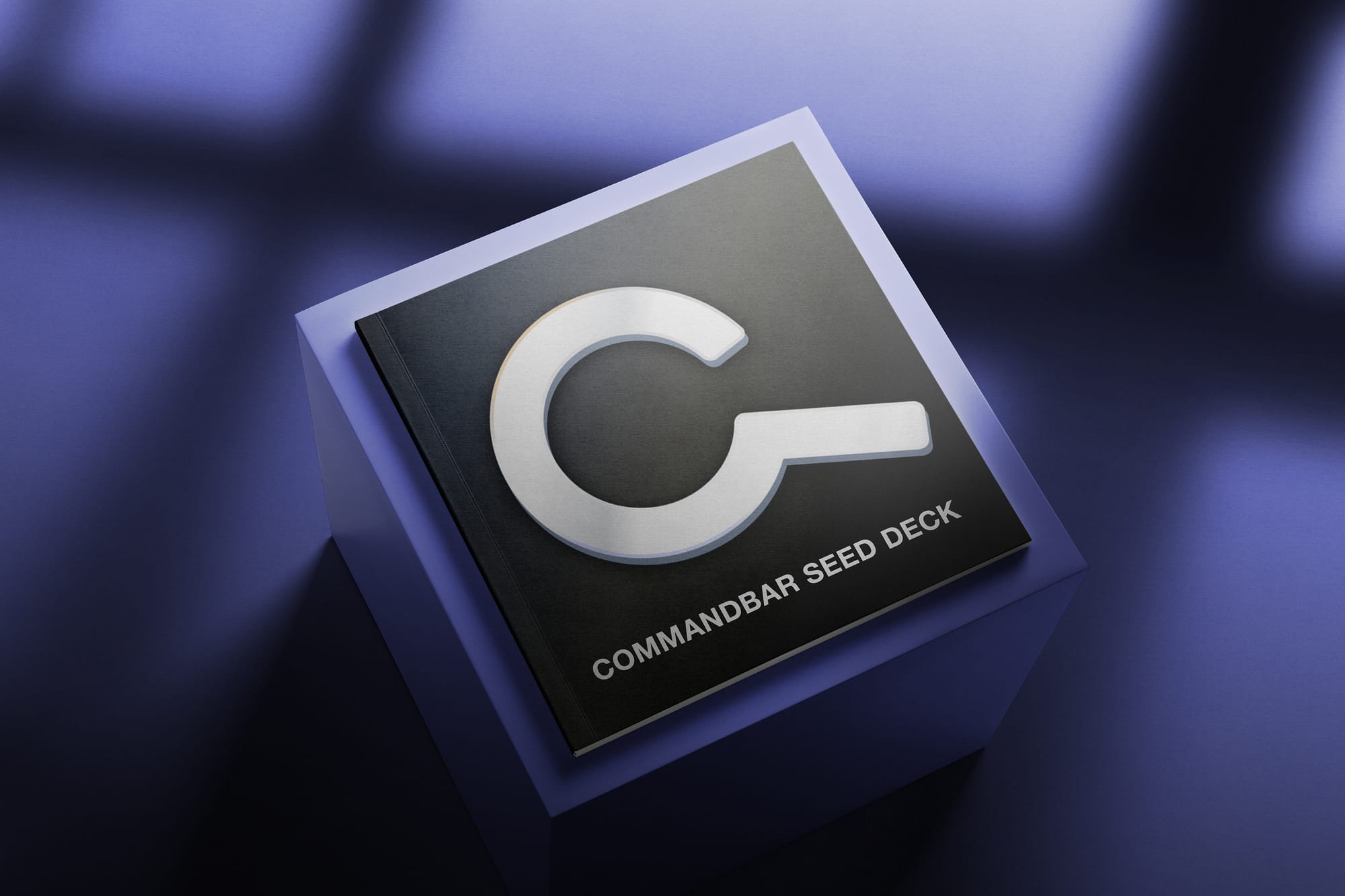Over the years, Guy Kawasaki has become a prominent figure in the entrepreneurial world, using his influence to guide and inspire startup founders. One of his notable contributions is the concept of the 10/20/30 rule – a framework for creating a pitch deck that consists of 10 slides, lasts for no more than 20 minutes, and avoids font sizes smaller than 30 points. While this rule has been widely recognized and adopted, there are some aspects that founders may be missing out on. Let’s delve deeper into the template, its strengths, and its limitations.
Key Takeaway
The 10/20/30 rule introduced by Guy Kawasaki offers a valuable framework for creating pitch decks. While the average deck length has shifted from 10 to 16 slides, founders should not dismiss the benefits of brevity and clear communication that the 10-slide format provides. However, they should also consider expanding their deck beyond 10 slides to cover crucial aspects of their business and provide a more comprehensive view.
The Evolution of the Slide Deck
Initially, the 10-slide rule emerged as a response to lengthy MBA-style business plans that failed to capture the essence of startup ideas effectively. It aimed to streamline the pitching process and focus on the crucial aspects of a business. However, as the startup landscape shifted and new trends emerged, the average successful slide deck has evolved.
A year ago, the average deck consisted of 19 slides, indicating that founders were expanding their content to present a more comprehensive picture of their business. Today, the average deck has further reduced to 16 slides, suggesting a desire for more concise and impactful presentations. So, the question arises: should founders still aim to adhere strictly to the 10-slide rule?
The Benefits of the 10/20/30 Framework
While the 10-slide rule may no longer align with the current average, it still offers several benefits that founders should consider:
- Clarity: By limiting the number of slides, founders are forced to distill their ideas to the most essential points. This encourages clear and concise communication, ensuring that the audience understands the key aspects of the business.
- Efficiency: A 20-minute time constraint encourages founders to be more mindful of their presentation length and avoid unnecessary tangents. This helps maintain the audience’s attention and allows for more focused discussions afterward.
- Visual Appeal: The 30-point font minimum promotes legibility and ensures that the visuals utilized in the presentation are impactful and easy to comprehend. This aids in creating a visually engaging deck that captures the audience’s attention.
Expanding Beyond 10 Slides
While the 10-slide framework has its advantages, founders should also be aware of its limitations. By restricting themselves to just 10 slides, they might miss out on the opportunity to provide a more comprehensive view of their business. Additional slides can be utilized to cover important aspects such as market analysis, competition, financial projections, and team profiles.
Each business is unique, and while the 10-slide rule provides a strong foundation, founders should tailor their decks to effectively convey their value proposition, unique selling points, and growth potential. It’s essential to strike a balance between brevity and thoroughness, adapting the slide deck to the specific needs of the audience and the nature of the business.

























